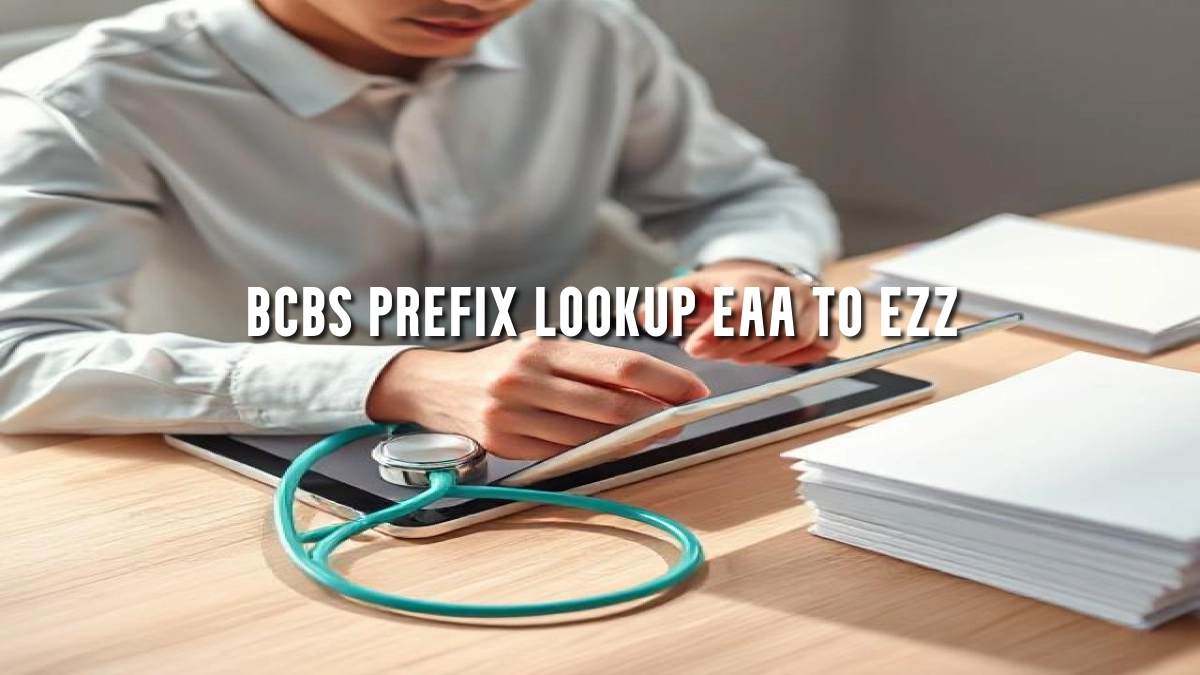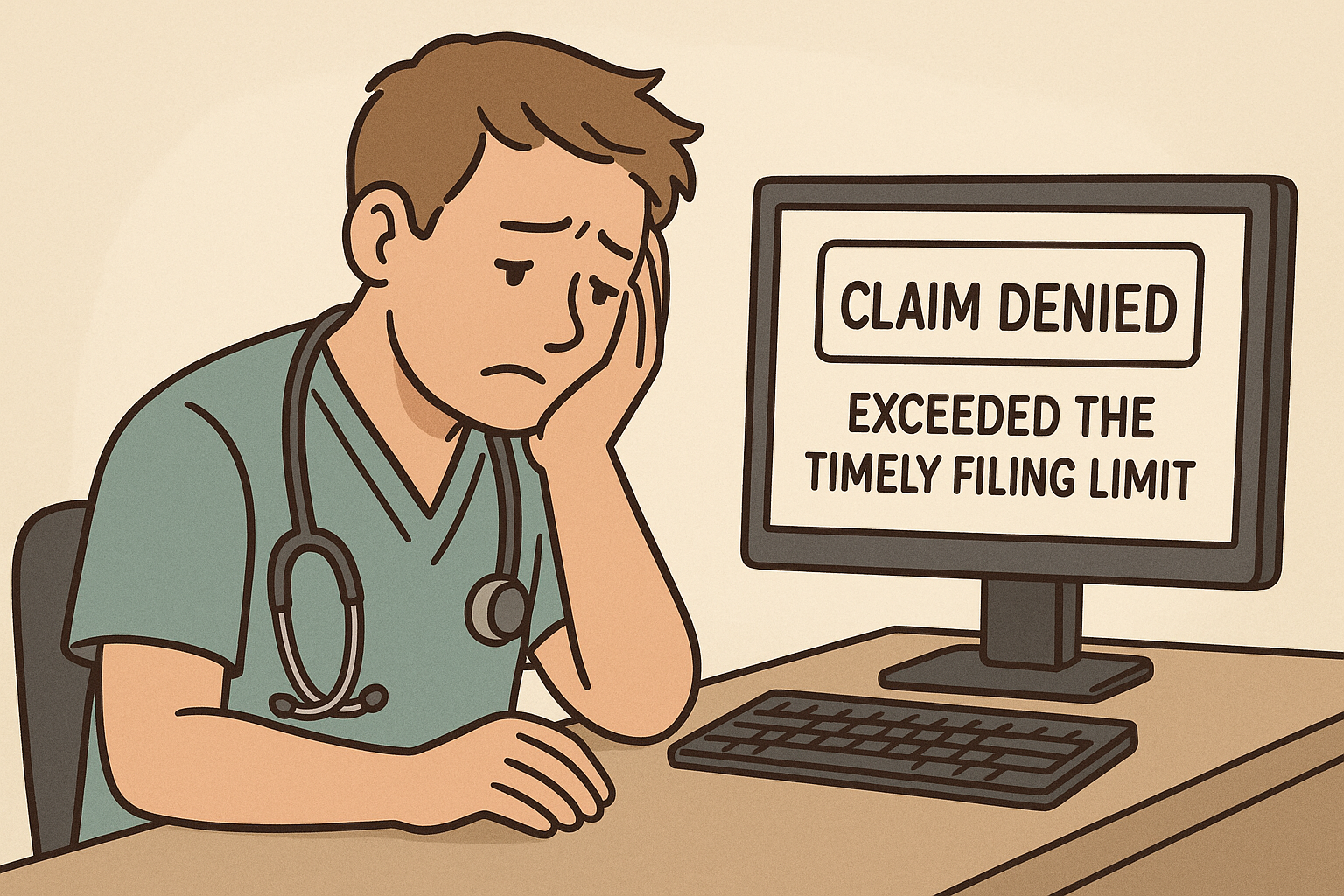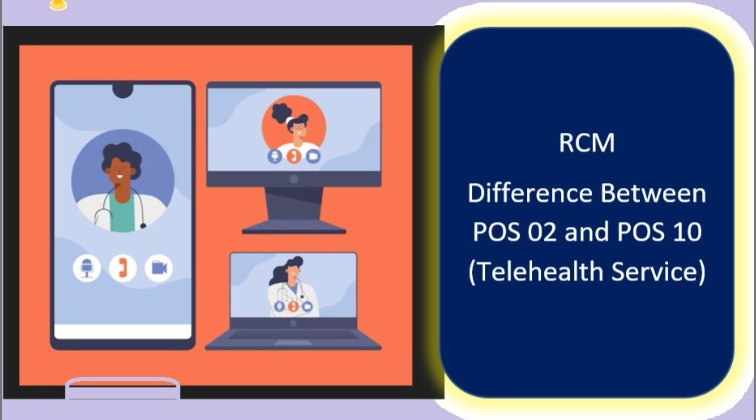BCBS Prefix Lookup GAA to GZZ
Prefix Plan Name G2A Regence Blue Cross Blue Shield of Oregon G2E Blue Cross Blue Shield of Illinois G2F Blue Cross Blue Shield of Illinois G2G Anthem BCBS of Virginia G2H Highmark BCBS of Pennsylvania G2K Blue Cross Blue Shield of Illinois G2L Anthem Blue Cross of California G2N Independence Blue Cross G2P Regence Blue … Read more








